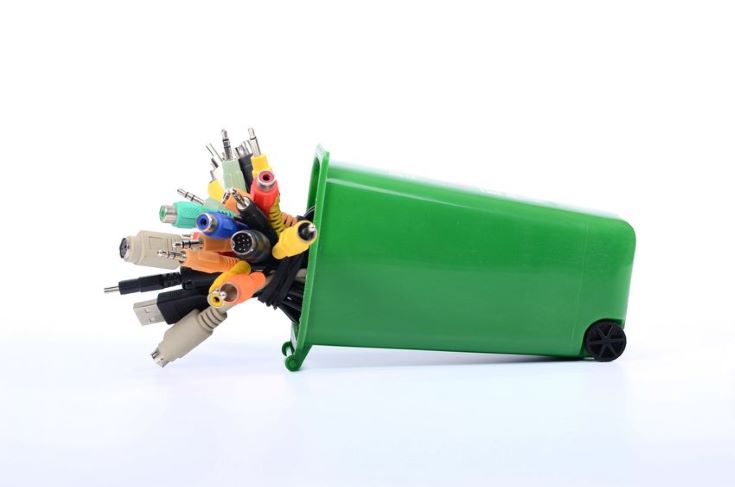Global e-waste surging
A record 53.6 million metric tonnes (Mt) of electronic waste (e-waste) was generated worldwide in 2019, up 21 per cent in just five years, according to the UN’s Global E-waste Monitor 2020, released on July 2.

According to the report, Asia generated the greatest volume of e-waste in 2019 — some 24.9 Mt, followed by the Americas (13.1 Mt) and Europe (12 Mt), while Africa and Oceania generated 2.9 Mt and 0.7 Mt respectively. Image above: ikiyro/123rf. Thumbnail: Damrong Rattanapong/123rf
The new report also predicts global e-waste - discarded products with a battery or plug - will reach 74 Mt by 2030, almost a doubling of e-waste in just 16 years. This makes e-waste the world’s fastest-growing domestic waste stream, fuelled mainly by higher consumption rates of electric and electronic equipment, short life cycles, and few options for repair.
Only 17.4 per cent of 2019’s e-waste was collected and recycled. This means that gold, silver, copper, platinum and other high-value, recoverable materials conservatively valued at US $57 billion were mostly dumped or burned, rather than being collected for treatment and reuse.
To put it into perspective, last year’s e-waste weighed substantially more than all the adults in Europe, or as much as 350 cruise ships the size of the Queen Mary 2, enough to form a line 125 km long. E-waste is a health and environmental hazard, containing toxic additives or hazardous substances such as mercury, which damages the human brain and co-ordination system. An estimated 50 tonnes of mercury – used in monitors, PCBs and fluorescent and energy-saving light sources – are contained in undocumented flows of e-waste annually.
The report also finds that proper e-waste management can help mitigate global warming. In 2019, an estimated 98 Mt of CO2-equivalents were released into the atmosphere from discarded fridges and air-conditioners, contributing roughly 0.3 per cent of global greenhouse gas emissions.
Since 2014, the number of countries that have adopted a national e-waste policy, legislation or regulation has increased from 61 to 78. While a positive trend, this is far from the target set by the International Telecommunication Union (ITU) which is to raise the percentage of countries with an e-waste legislation to 50 per cent.